Between Arizona, Mississippi, Montana, South Dakota and New Jersey – all states who have expanded medical and/or adult-use cannabis legalization statewide – there are over 143 million acres of agricultural land for over 20 million Americans.
But what about the cannabis environmental impact?
The economic possibilities may have investors and entrepreneurs and seeing green, but as climate disasters ravage the United States with floods, fires and storms, one must not forget the impact cannabis mass cultivation can have on local ecology.
The connotation that marijuana is grown by hippies up in the mountains with only the most holistic, organic practices is a far cry from a multibillion dollar industry that packages everything in child-proof plastic while competing against a robust black market where cultivation, manufacturing and testing standards can be circumvented.
As of now, there are no universal standards for organic cannabis cultivation beyond certain restricted pesticides and few incentives for farms to clean up their act in the face of cannabis environmental factors.
In other words, cannabis, as an industry without conscious practice, contributes significantly to carbon emissions, disrupts local ecology, and creates mountains of garbage.
Sharp Rise in Use of Electricity and Power
No two cannabis grows are run the same. Indoor, outdoor, greenhouse – they vary in yield, labor, and carbon footprint. A small indoor operation running lights, A/C, and bringing in water for hydroponics uses vastly more resources than an outdoor operation using the sun and well water, for example.
While indoor cultivation allows for the most control of elements, pests, and environments to create these photogenic, high-THC buds, it is also the most costly in terms of resources.
A Bloomberg Environment and Energy report from 2019 showed that in just a year, the legal cannabis industry emits 472 tons of electricity-related carbon. In the city of Denver alone, there was a 36 percent increase in electricity and power between 2012 and 2016 to cultivate cannabis and manufacture products.
Hopefully more cannabis operators will soon find better ways to utilize ‘off-the-grid’ technologies to power their grows, such as solar, wind, and hydroelectricity.
Potential Issues with Water Usage and Deforestation
Like everything else that grows in the ground, cannabis requires water – a lot of it.
A 2017 study in Frontiers in Ecology and the Environment from Ithaca College, in collaboration with scientists from UC Berkeley, compared forest fragmentation in Humboldt county resulting from cannabis cultivation versus data spanning over a decade from the timber harvest. The study determined that “the boom in cannabis agriculture will likely create substantial threats to the surrounding environment” based on how cannabis growing watersheds impacted forest loss and surrounding wildlife.
Another paper in Environmental Research Communications examined water use in the northern California region of the Navarro River Watershed, where over 70 percent of cannabis cultivation and 90 percent of resident buildings rely on groundwater and wells, both of which contributed to depleted streams.
It should be noted, however, that hemp crops require substantially less water than cotton.
Mountains of Waste and Cannabis Environment Pollution
Marijuana Business Daily reported last year that Canadian cannabis leaders estimated the legal cannabis industry had produced over 10,000 tons of packaging waste in its first year.
All cannabis products must be sold legally in packaging that is child-resistant and compliant with state laws regarding labelling, warning and proof of test results. Every preroll comes in a tube, nugs come in jars or plastic packaging, vape pens are considered disposable but create a lot of waste – and you may still need to pack your purchase in a plastic bag before leaving the dispensary.
What’s more, disposal of cannabis and related waste matter – fertilizer, lightbulbs, solvents for extraction – is often determined at the local level, without statewide regulation, per an environmental analysis by the Worcester Polytechnic Institute.
Can Anyone Find a Solution to This Mess?
The cannabis industry has no universal standard for sustainability, organic cultivation, manufacturing, or waste disposal, leaving local markets to create their own parameters.
For some, the organic certification issue is particularly important.
“There's so much bullshit in the cannabis industry,” says Chris Van Hook, an attorney for the USDA organic division and founder of the Clean Green cannabis certification. “If any other crop, like broccoli or tomatoes, were posing as organic without being certified, they would get investigated,” and fined $11,000.
Over the last 17 years Van Hook has worked with farms and manufacturers in eight states, Puerto Rico and Canada to impact “as close to organic” cultivation standards and sustainable practices for drying, extraction, manufacturing and packaging.
“Cannabis regulations aren't being enforced yet,” Van Hook says, because there is no federal agency regulating it like the FDA. States like California have their own parameters for who can obtain a cultivation license, including how they source water, the size of their operation and regulations on what fungicide, pesticide and fertilizers they may use based on EPA standards, but “there are no pesticides registered specifically for use directly on marijuana.”
Van Hook’s Clean Green program works by “training farmers for the regulations as they are, not for what the farmers want them to be.” This includes committing to a carbon footprint reduction program, food-grade standards for fertilizer and pesticide use, records of their cultivation, drying, trimming and packing rooms and relevant materials, with annual screenings.
It’s not just good for the Earth, but clean practices lead to better customer experience and a competitive edifice. Van Hook says certified brands have won numerous awards across categories including the High Times Cup in multiple states, Golden Tarp award, and the Emerald Cup. Good quality and sustainability are not mutually exclusive. Prominent “Clean Green” brands include Henry’s Original, Swami Select, Buddy Buddy, Raw Garden and Source Cannabis.
Van Hook normally travels over 250 days a year between his cannabis and produce clients, and is hoping to establish connections in Michigan, Florida, Oklahoma, and Maine when the pandemic allows. The potential for cannabis pollution is just as high as that for profit.
“We need to make this a global imperative, and I don't think we're there yet.”
The Bluntness is gearing up for big things. Don't miss out! Sign Up for our newsletter to stay in the loop.
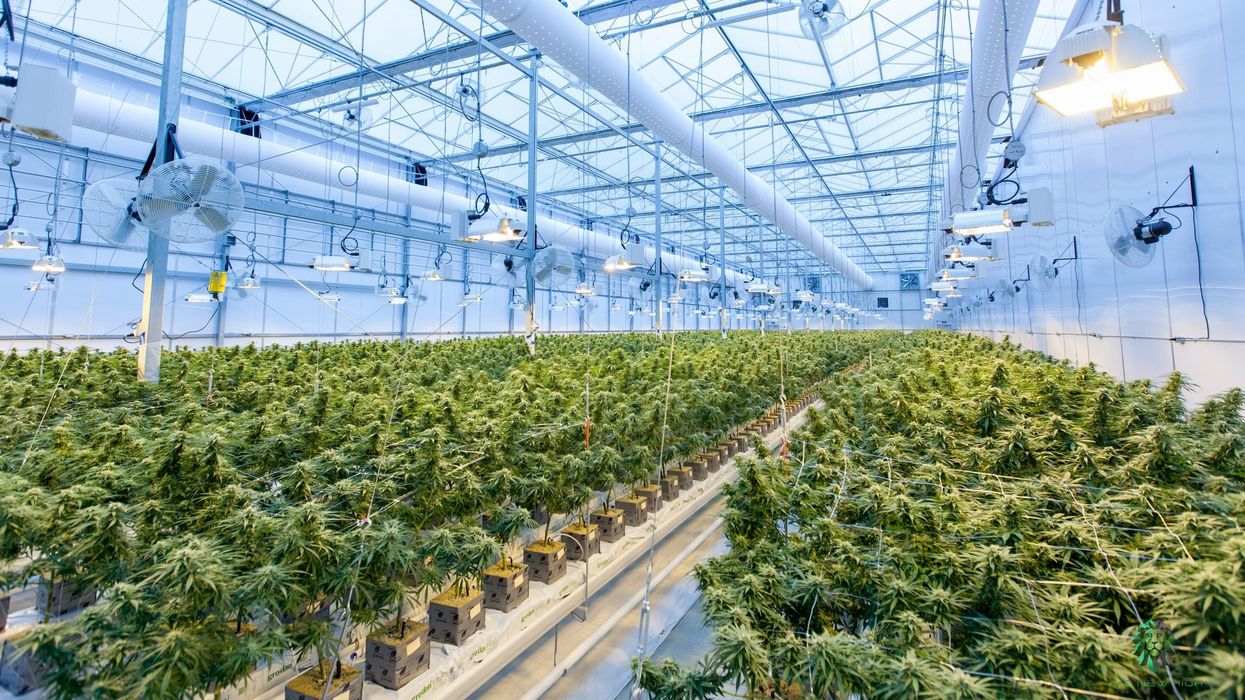


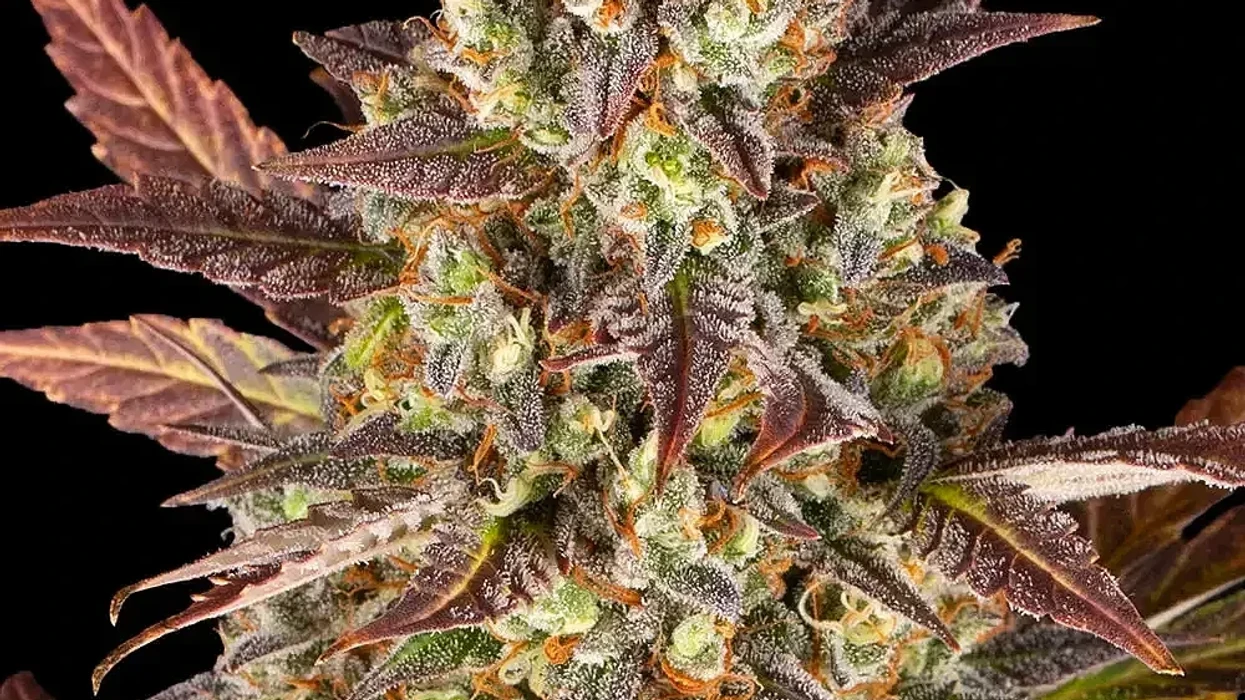
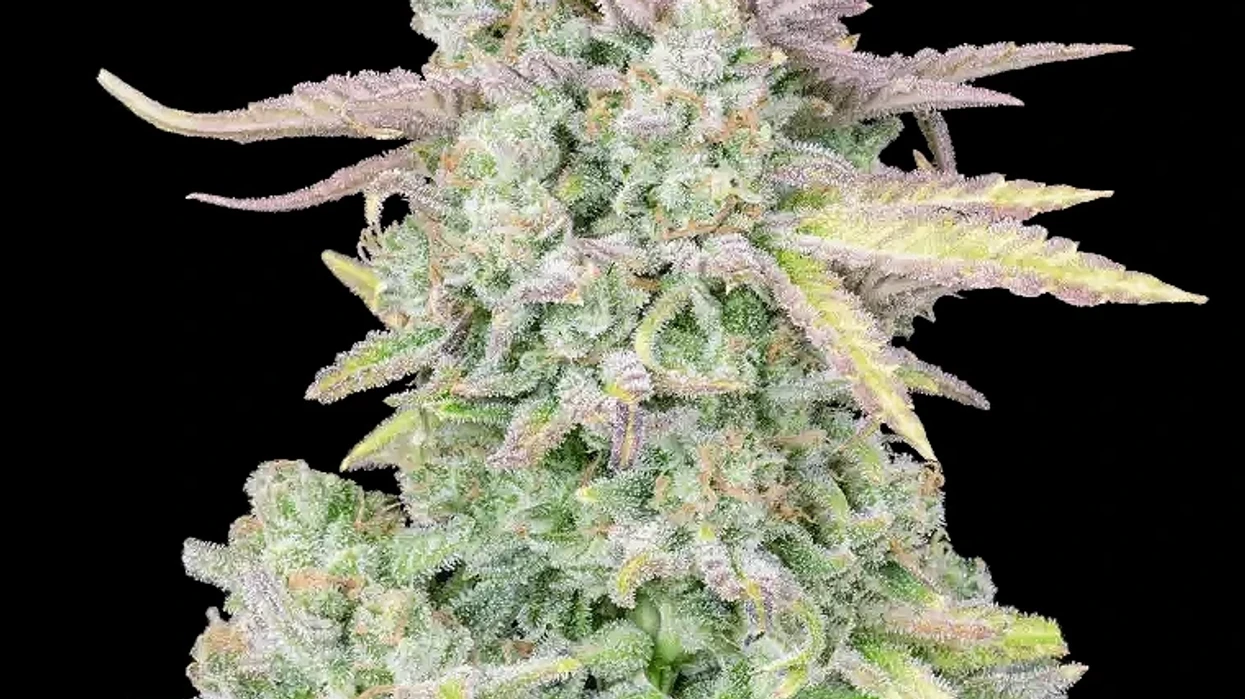


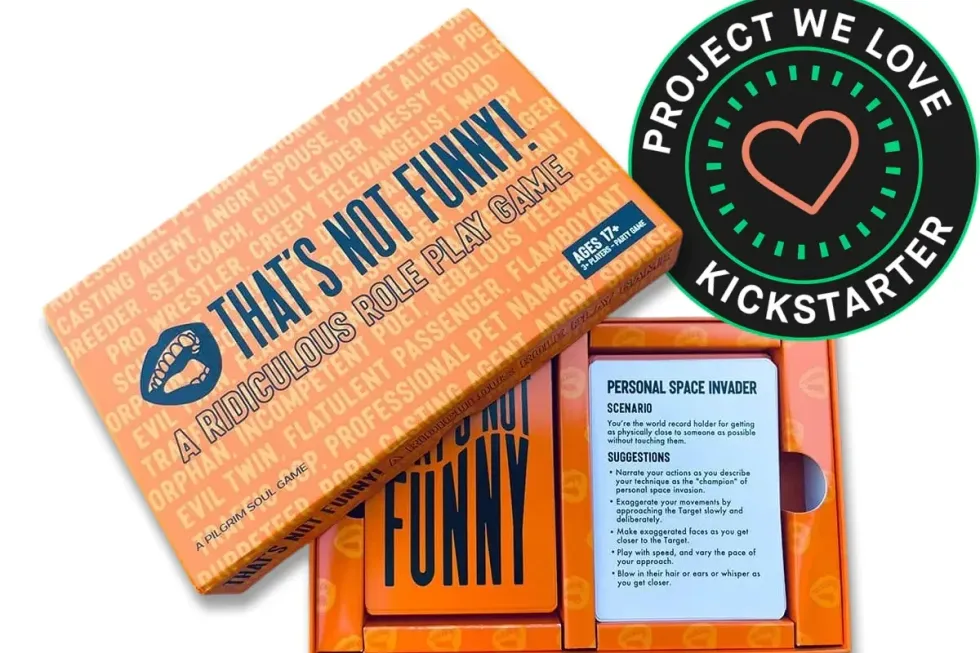

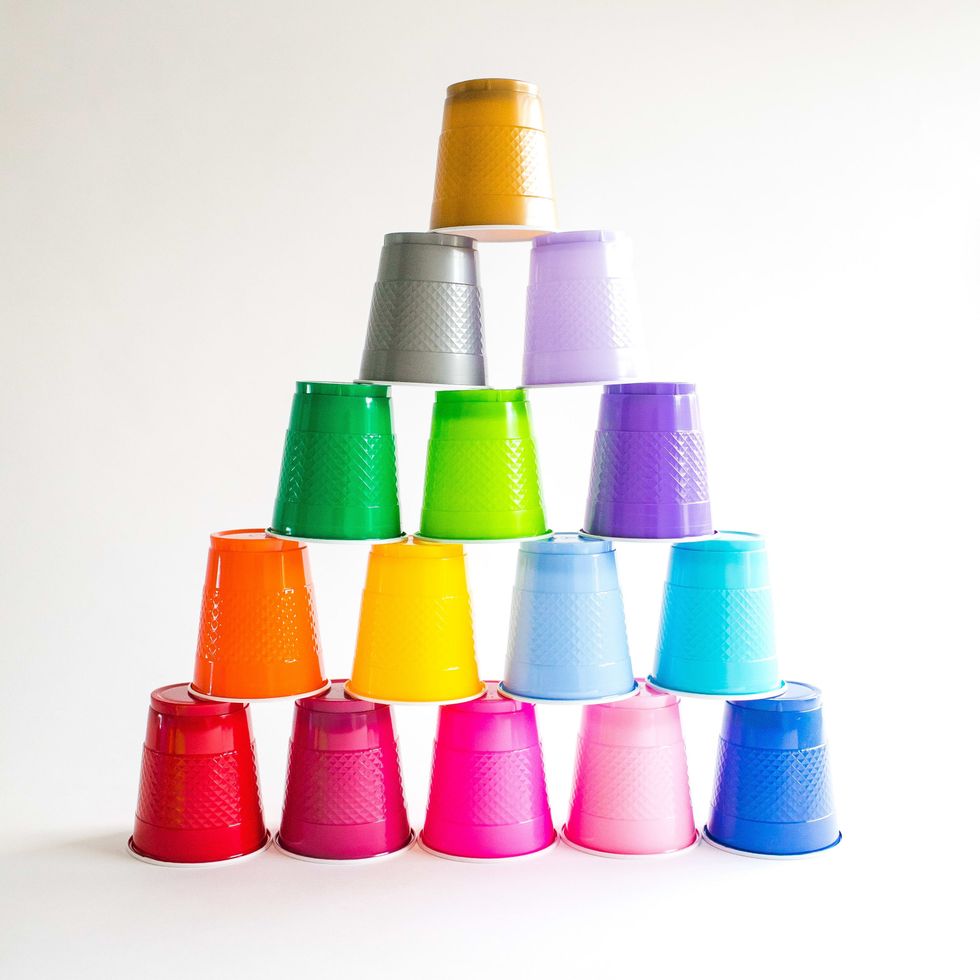
 Best Weed Smoking Games to Try - Jammin'
Best Weed Smoking Games to Try - Jammin'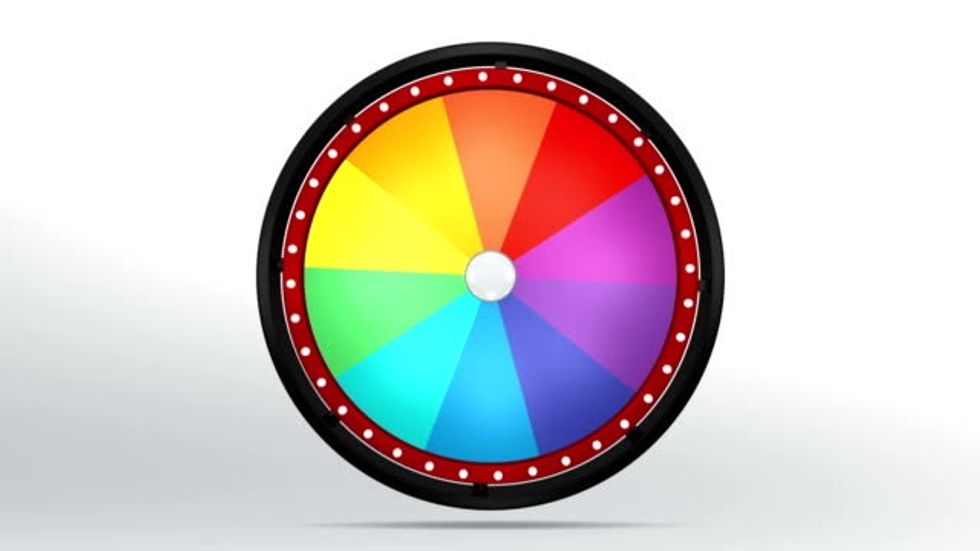 The 31 Best Weed Smoking Games To Try
The 31 Best Weed Smoking Games To Try The Best Weed Smoking Games
The Best Weed Smoking Games The Best Weed Smoking Games to Try
The Best Weed Smoking Games to Try

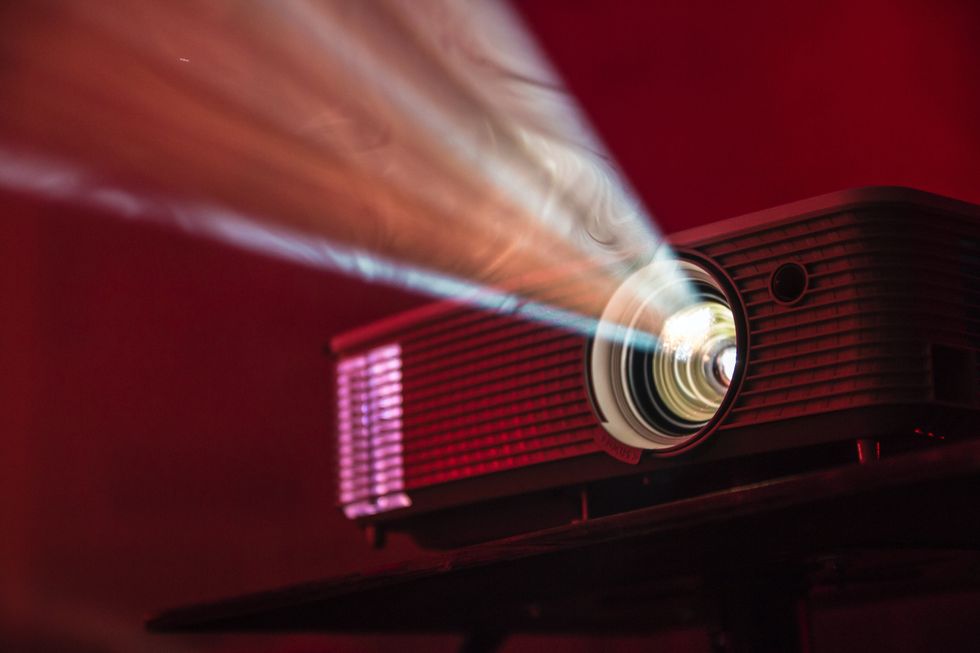 Stoner Games - Games to Play While High
Stoner Games - Games to Play While High The Best Weed Smoking Games to Play
The Best Weed Smoking Games to Play The Best Weed Smoking Games to Try
The Best Weed Smoking Games to Try
 The Best Weed Smoking Games to Try
The Best Weed Smoking Games to Try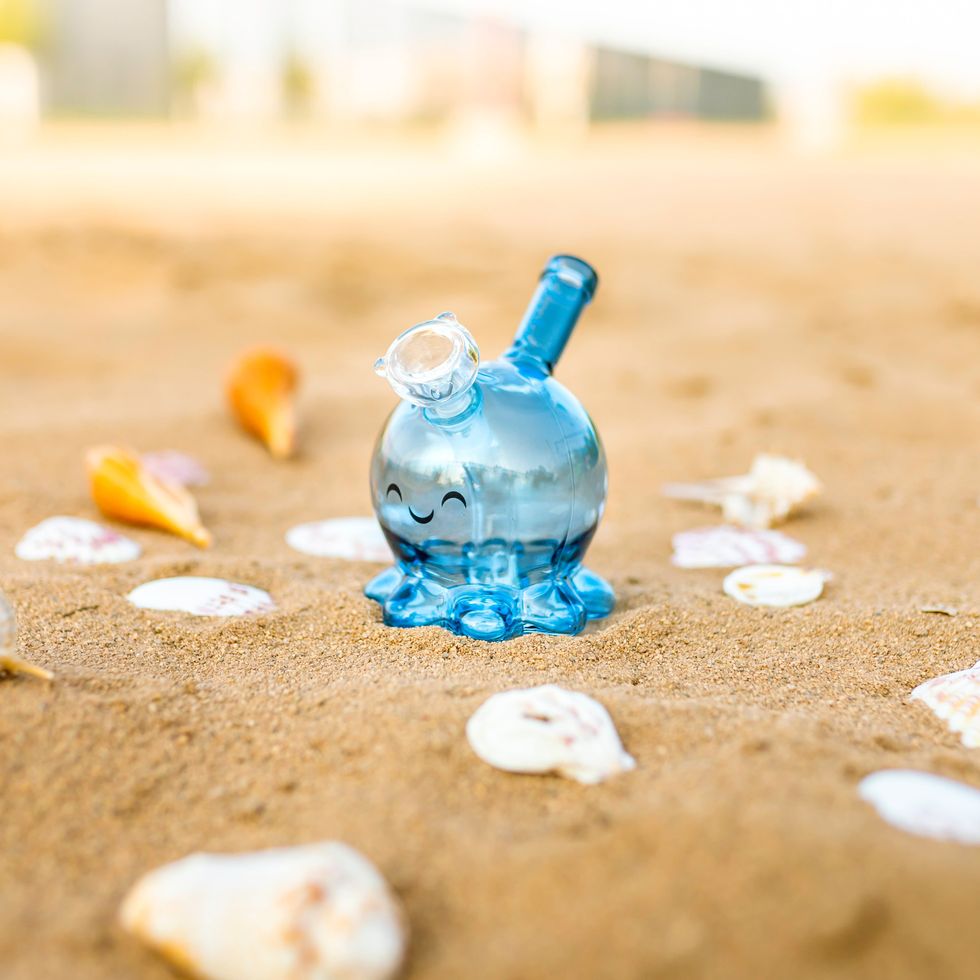
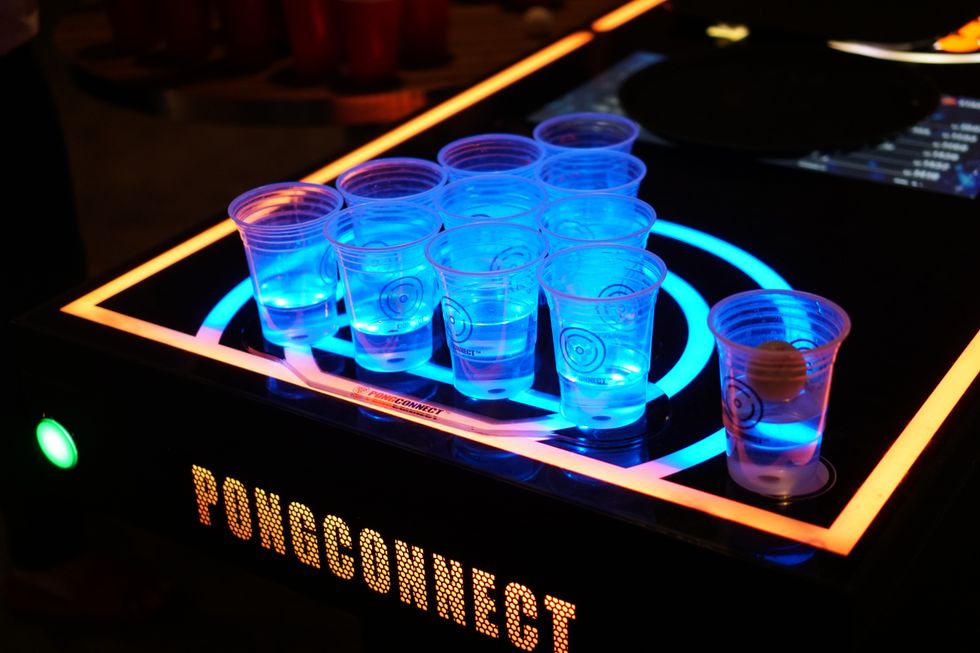 The Best Weed Smoking Games to Play
The Best Weed Smoking Games to Play The Best Weed Games to Play
The Best Weed Games to Play The Best Weed Smoking Games to Try
The Best Weed Smoking Games to Try The Best Weed Smoking Games to Play
The Best Weed Smoking Games to Play The Best Weed Smoking Games to Try
The Best Weed Smoking Games to Try Games for Stoners
Games for Stoners  woman in white and blue floral shirt sitting beside woman in white and black floral shirtPhoto by
woman in white and blue floral shirt sitting beside woman in white and black floral shirtPhoto by 
 The Best Weed Smoking Games to Play
The Best Weed Smoking Games to Play
 The Best Weed Smoking Games to Try
The Best Weed Smoking Games to Try The Best Weed Smoking Games to Try
The Best Weed Smoking Games to Try world map with pinsPhoto by
world map with pinsPhoto by 
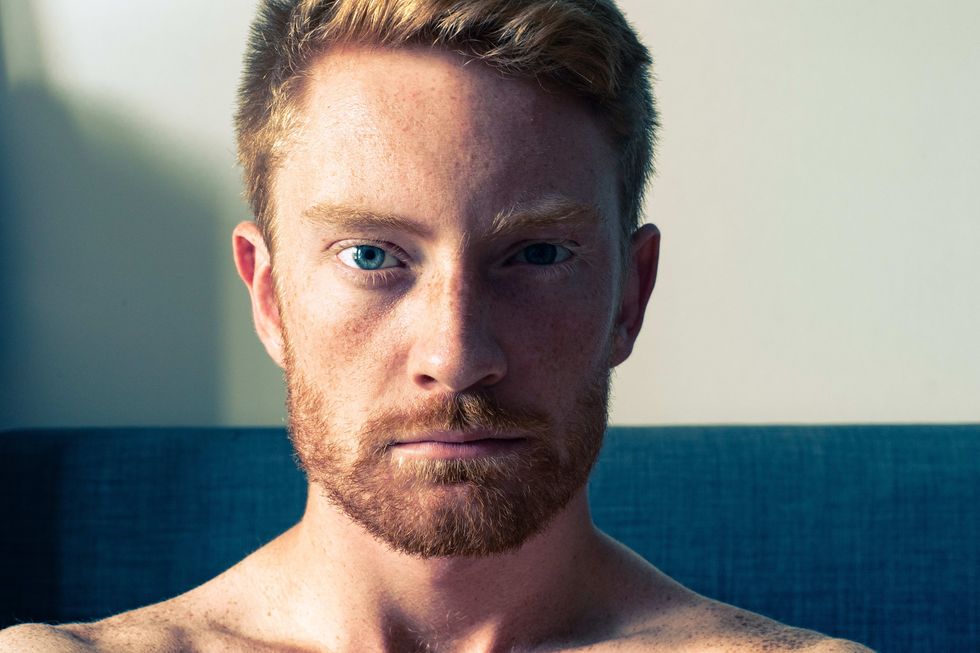 The Best Weed Smoking Games to Try
The Best Weed Smoking Games to Try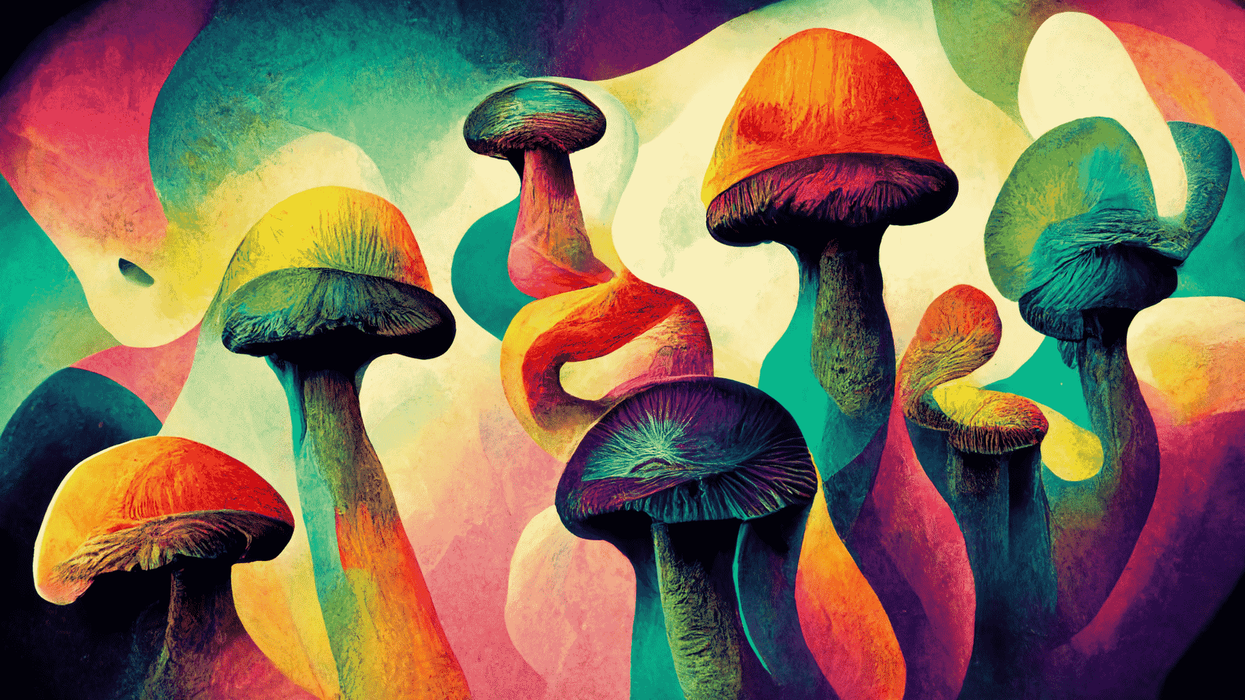

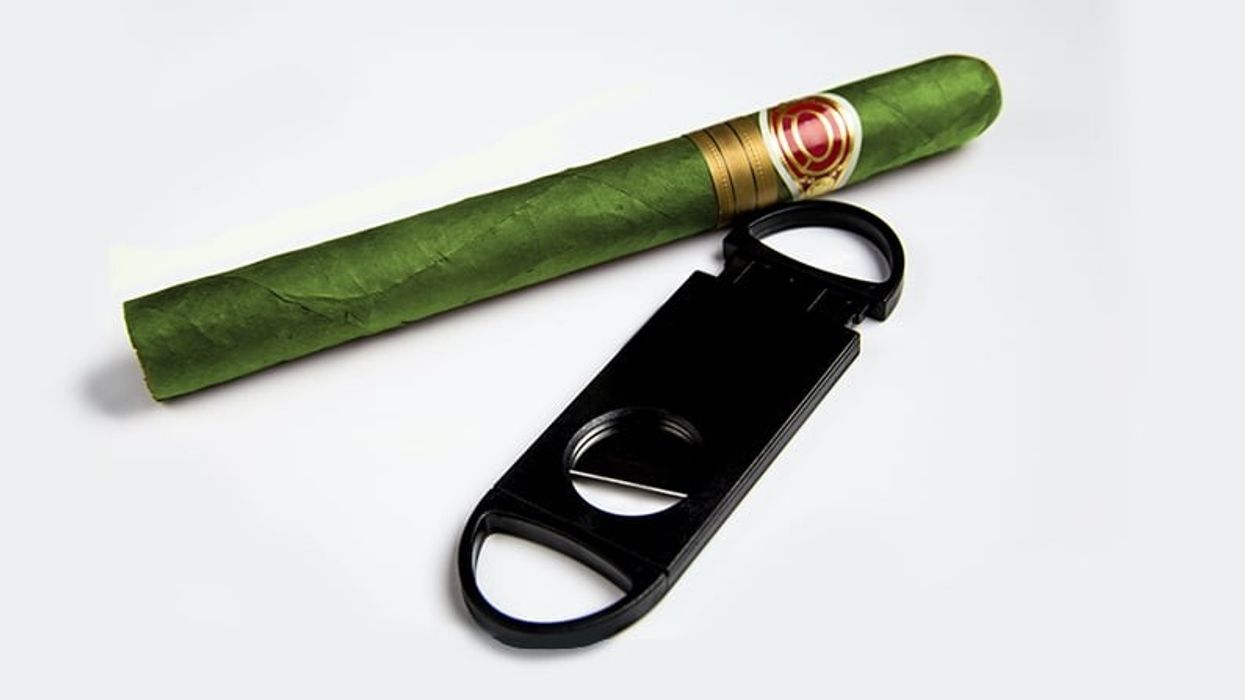

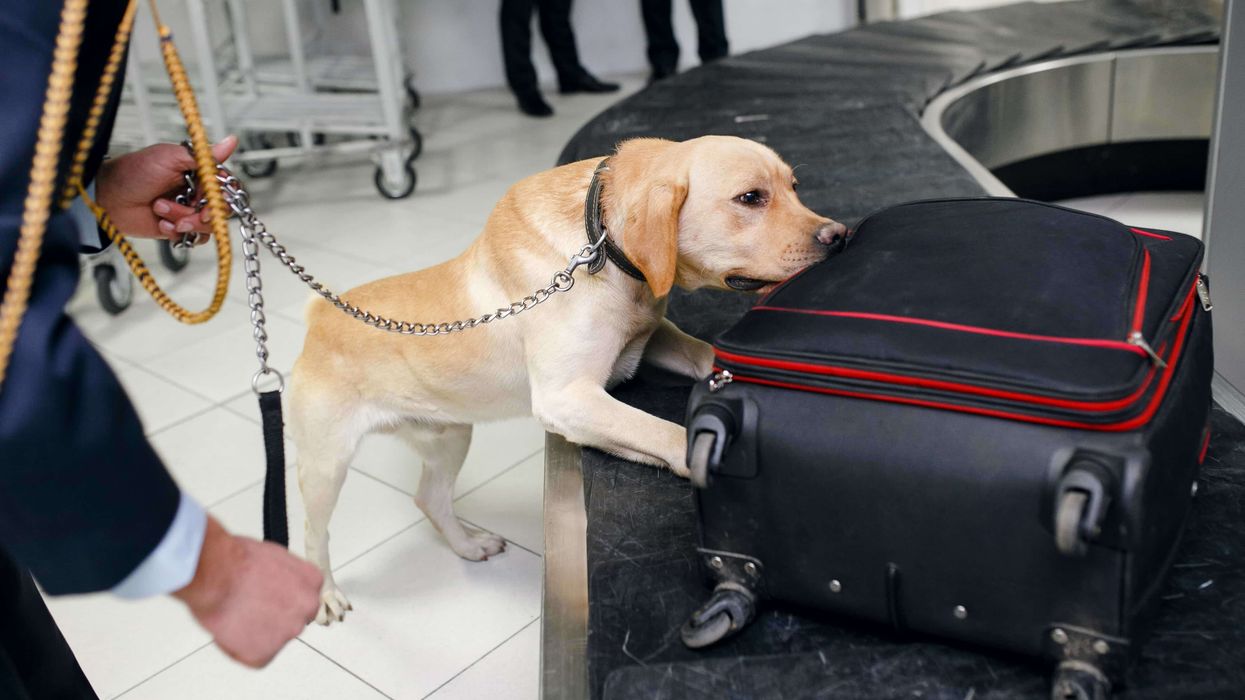

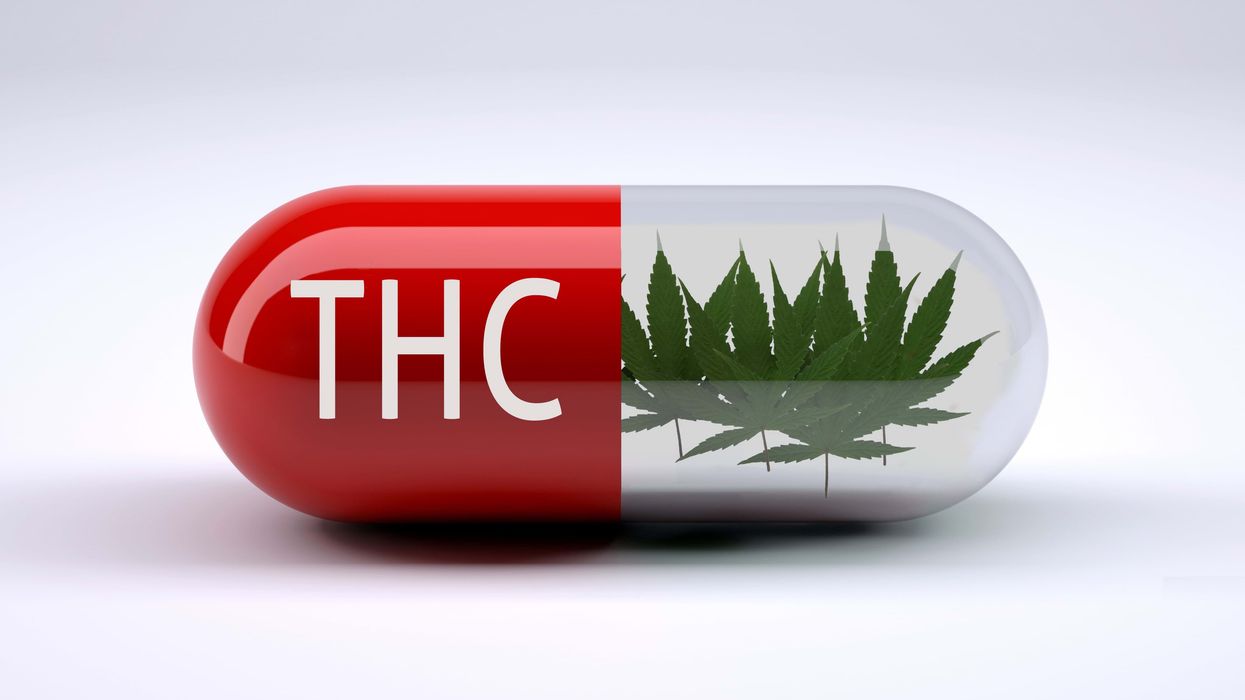
 Humankind has been using THC for millennia.
Humankind has been using THC for millennia. Those little, sugar-like crystals are the sticky trichomes that house special chemicals including cannabinoids and terpenes.
Those little, sugar-like crystals are the sticky trichomes that house special chemicals including cannabinoids and terpenes. Raw cannabis typically contains very little THC. Instead you get non-psychoactive THCA, which is converted into THC.
Raw cannabis typically contains very little THC. Instead you get non-psychoactive THCA, which is converted into THC. Cultivators are now breeding cannabis not just for THC, but other cannabinoids such as CBD, THCV, and more.
Cultivators are now breeding cannabis not just for THC, but other cannabinoids such as CBD, THCV, and more. Getting the most out of cannabis usually requires a bit of guidance and patience.
Getting the most out of cannabis usually requires a bit of guidance and patience. A lot of people think CBD is medical, and THC is for fun. This is an unfortunate misconception.
A lot of people think CBD is medical, and THC is for fun. This is an unfortunate misconception.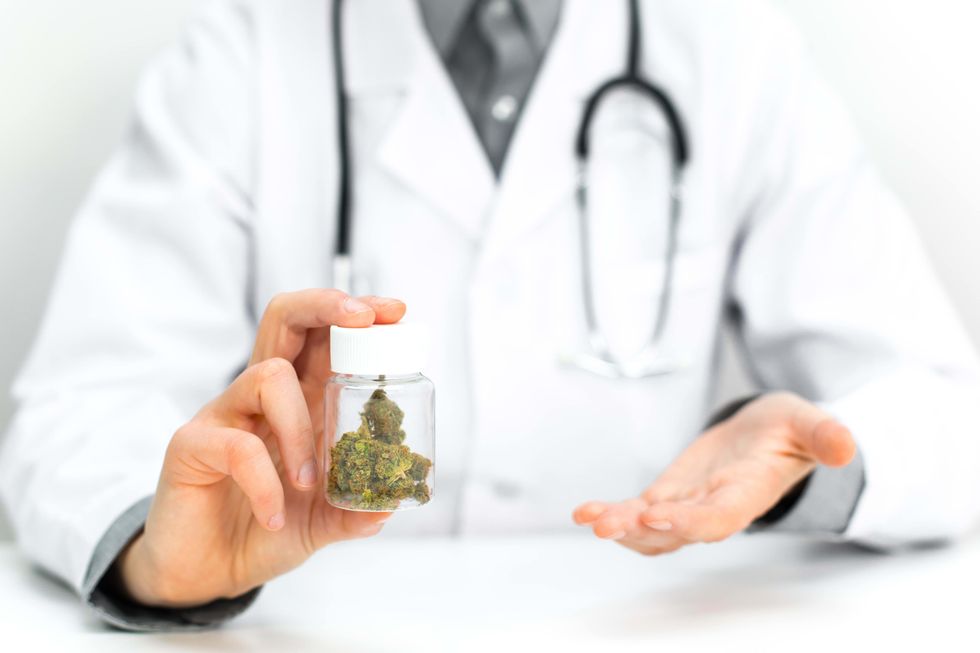 THC has a surprising amount of medical benefits.
THC has a surprising amount of medical benefits. For some the cannabis high is an unwanted side effect, for others it's the main show.
For some the cannabis high is an unwanted side effect, for others it's the main show.
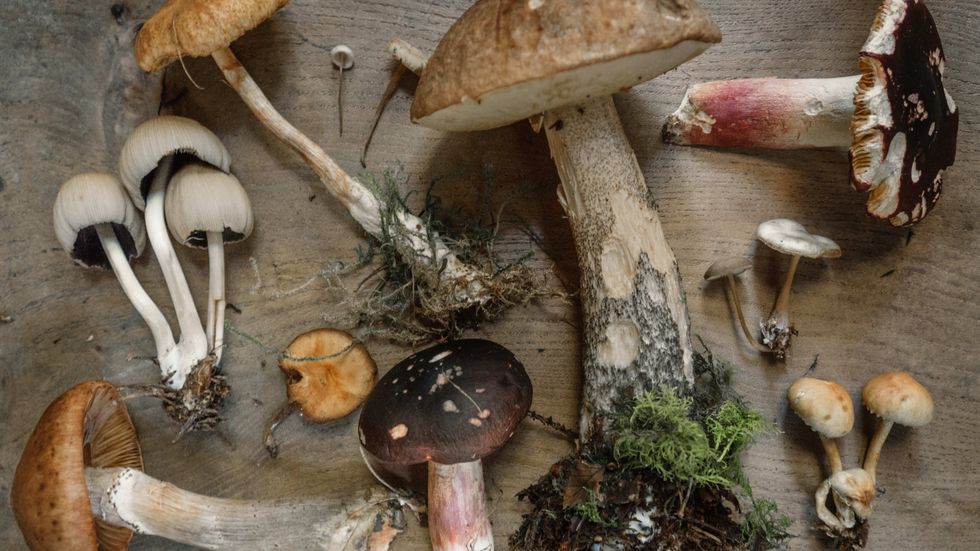 How Long Do Shrooms Last? Magic Mushroom Guide for Beginners - The Bluntness
How Long Do Shrooms Last? Magic Mushroom Guide for Beginners - The Bluntness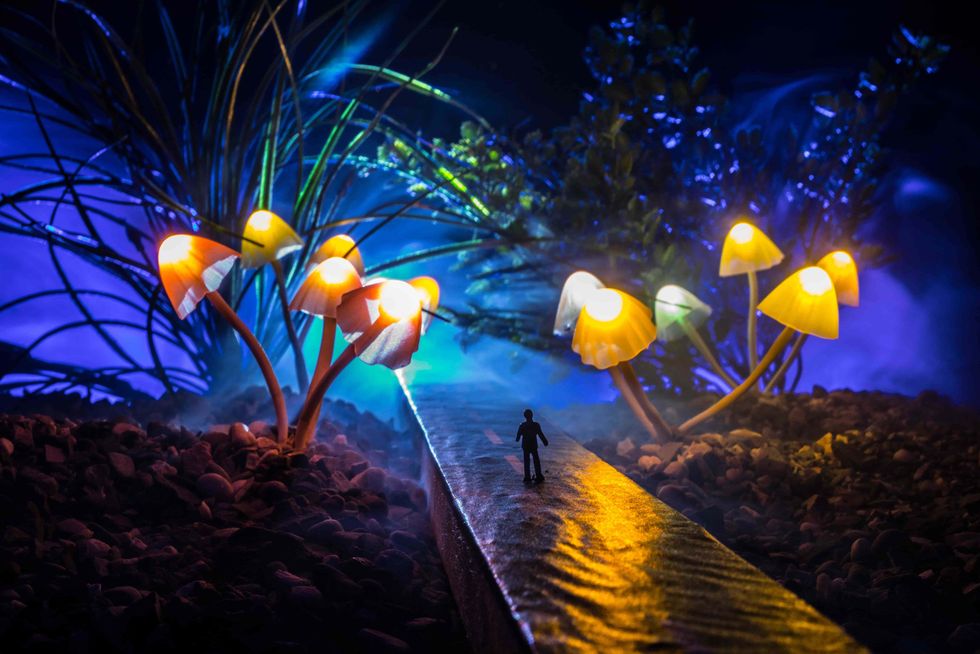 Psilocybin can provide a life-altering experience. -The Bluntness
null
Psilocybin can provide a life-altering experience. -The Bluntness
null
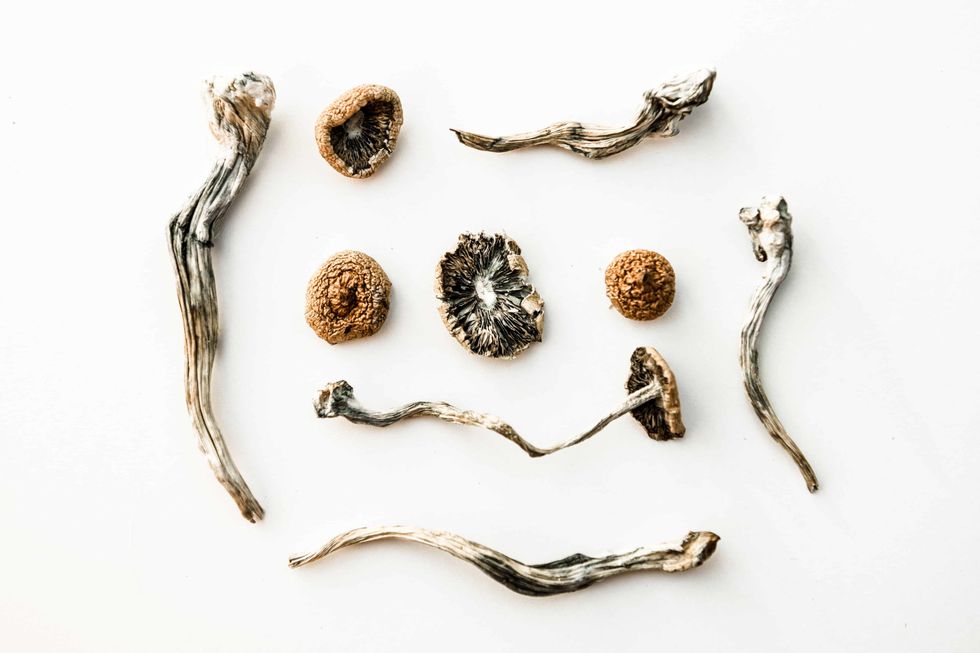 “Don’t diddle the dose. Once you have done your homework, go for it.” -- Terence McKenna
The Bluntness
“Don’t diddle the dose. Once you have done your homework, go for it.” -- Terence McKenna
The Bluntness These mushrooms taste gross, but there are ways around that.The Bluntness
These mushrooms taste gross, but there are ways around that.The Bluntness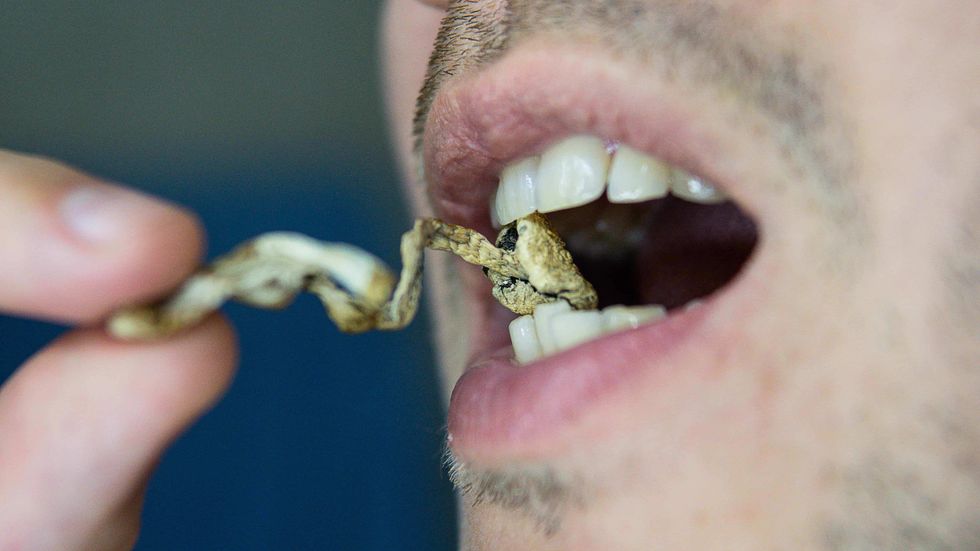 These mushrooms taste gross, but there are ways around that.
These mushrooms taste gross, but there are ways around that.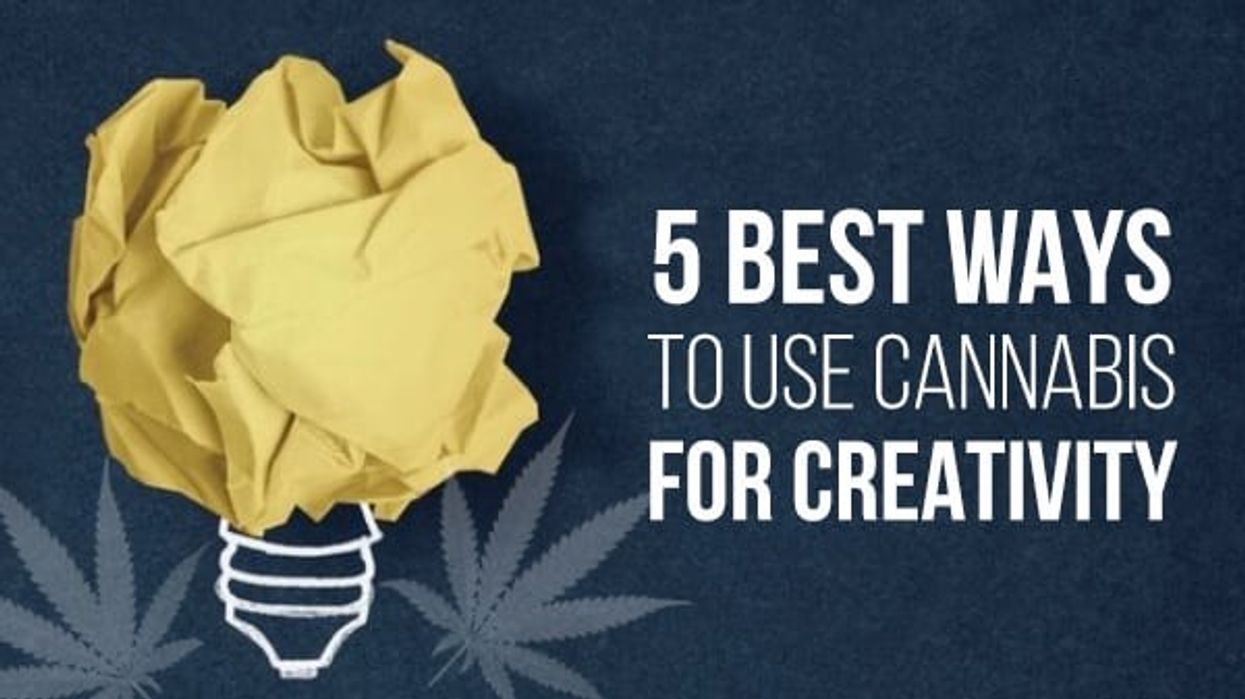

 Finding the right cannabis cultivars for you is an important part of the process.Photo by Add Weed on Unsplash
Finding the right cannabis cultivars for you is an important part of the process.Photo by Add Weed on Unsplash Some people prefer cannabis cultivated indoors. Others prefer sun-grown cannabis. And plenty of folks enjoy both.Photo by Next Green Wave on Unsplash
Some people prefer cannabis cultivated indoors. Others prefer sun-grown cannabis. And plenty of folks enjoy both.Photo by Next Green Wave on Unsplash